70079 Nakajima Ki-43 II Hayabusa Foreign Services
- Add feedback:
- 70079
- Manufacturer: Arma Hobby
-
Availability:
Preorder
Delivery time: early April
- Type: Aeroplane kit
- Medium: plastic
- Scale: '1/72
- szt.
- Net Price: €17.37 €21.36
- This product is available for pre-order - dispatch times will be more than 7 days for regular orders.
Plastic model kit in 1/72 scale, Ki-43 Foreign Service. Arma Hobby molds!
Ki-43 II Foreign Service Model Kit in 1/72 Scale
New Arma Hobby 2024 Molds
Kit contains:
- Plastic sprues (grey and clear)
- Decals for three marking options
- Self-adhesive masks for painting the canopy and wheels
- Instructions
Free 3D file for self-printing
QR code and link in the kit instructions to download free 3D file with accessories for self-printing.
3D file includes:
- exhaust pipes - two types
- former with pilot's seat and seatbelts
- gun barrels
- oil cooler
- fuel cooler
Marking options:
- Nakajima Ki-43 II Hayabusa, 2nd Hiko Tai, Manchukuoan Air Force 1944
- Nakajima Ki-43 II Hayabusa, 15th Hiko Chutai, Royal Thai Airforce, Don Muang airport, summer 1943
- Nakajima Ki-43 II Hayabusa, 8th Fighter Squadron, 49th Fighter Group, Hollandia, May-June 1944
Ki-43 II Foreign Service 70079
The Nakajima Ki-43 Hayabusa (Falcon) fighter, nicknamed ‘Oscar’ in Allied code, was Japan's equivalent of the Spitfire and the Messerschmitt Bf-109 - it was a core piece of the Imperial Japanese Army Aviation throughout the Second World War, and was refined and produced in successive versions during all that period. Although it remained somewhat in the shadow of the naval Mitsubishi ‘Zero’, famous on the Pacific front thanks to its spectacular carrier battles, the Hayabusa played a major role in the battles over the Asian continent: over China, Burma, Malaya, but also over the Philippines and New Guinea. There it fought effectively against the air forces of China, the USA, Great Britain, Australia and the Netherlands, making a major contribution to the initial great victories of the Japanese.
Hayabusa fighters also found their way into the air forces of other countries. Japan's allies, such as Thailand and puppet Manchukuo, used them during the Second World War, while after the war many of the machines left behind or captured from the Japanese were used by the French, Chinese, and, for testing, the U.S., among others.
The Ki-43 fighter was developed in the late ‘30s at the Nakajima factory under the direction of Hideo Itokawa, based on experience with the highly successful Ki-27 airframe, which had proved excellent in combat over China. The design of the Ki-43 was based on the specific concept of a light aircraft, with excellent manoeuvrability and climb and good speed, achieved at the cost of a rather fragile structure, weak armament and virtually no armour. This corresponded to the Japanese doctrine of sophisticated manoeuvre combat, requiring masterful training and great courage of the pilots. Interestingly, the Hayabusa was powered by the same engine as the ‘Zero’. In the early period of the war, when the Japanese armies were conquering more and more areas of Southeast Asia, the Ki-43 was no match for its opponents, easily defeating Hurricanes or Buffalos. Later, however, the ‘Oscars’ became increasingly obsolete and their lightweight construction did not allow for major improvements. In 1944 they began to be replaced on the main production lines and in combat units by the excellent Ki-84 Hayate, but until the end of the war their production was maintained and they were also used in combat, including in Kamikaze units.

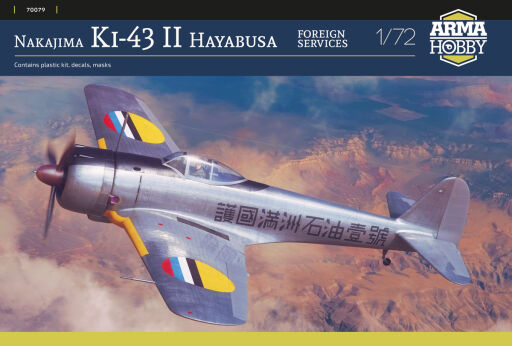











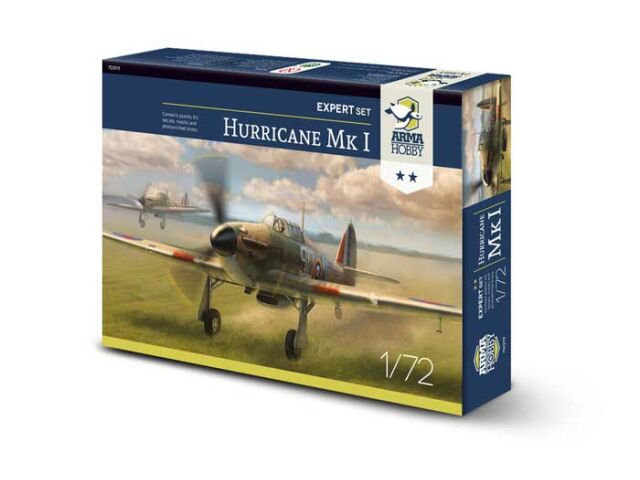
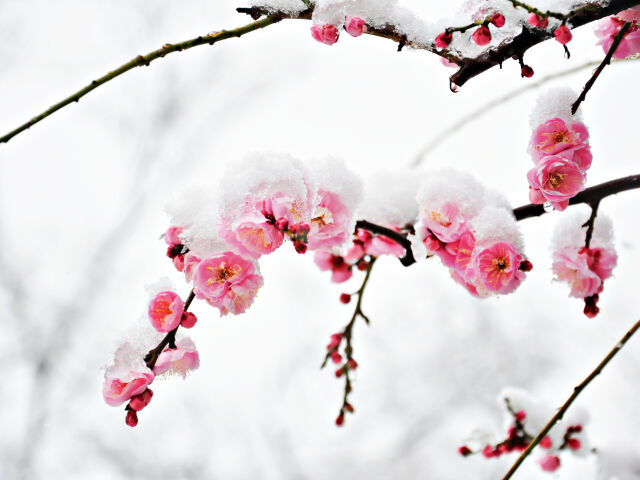

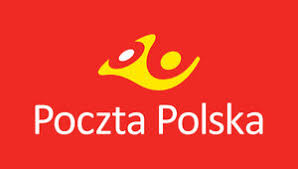




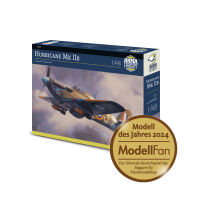
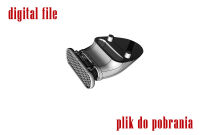
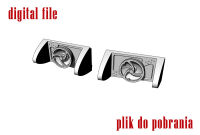
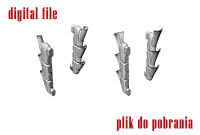
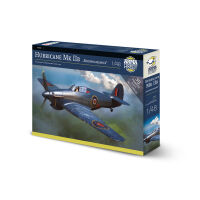
 Polish
Polish